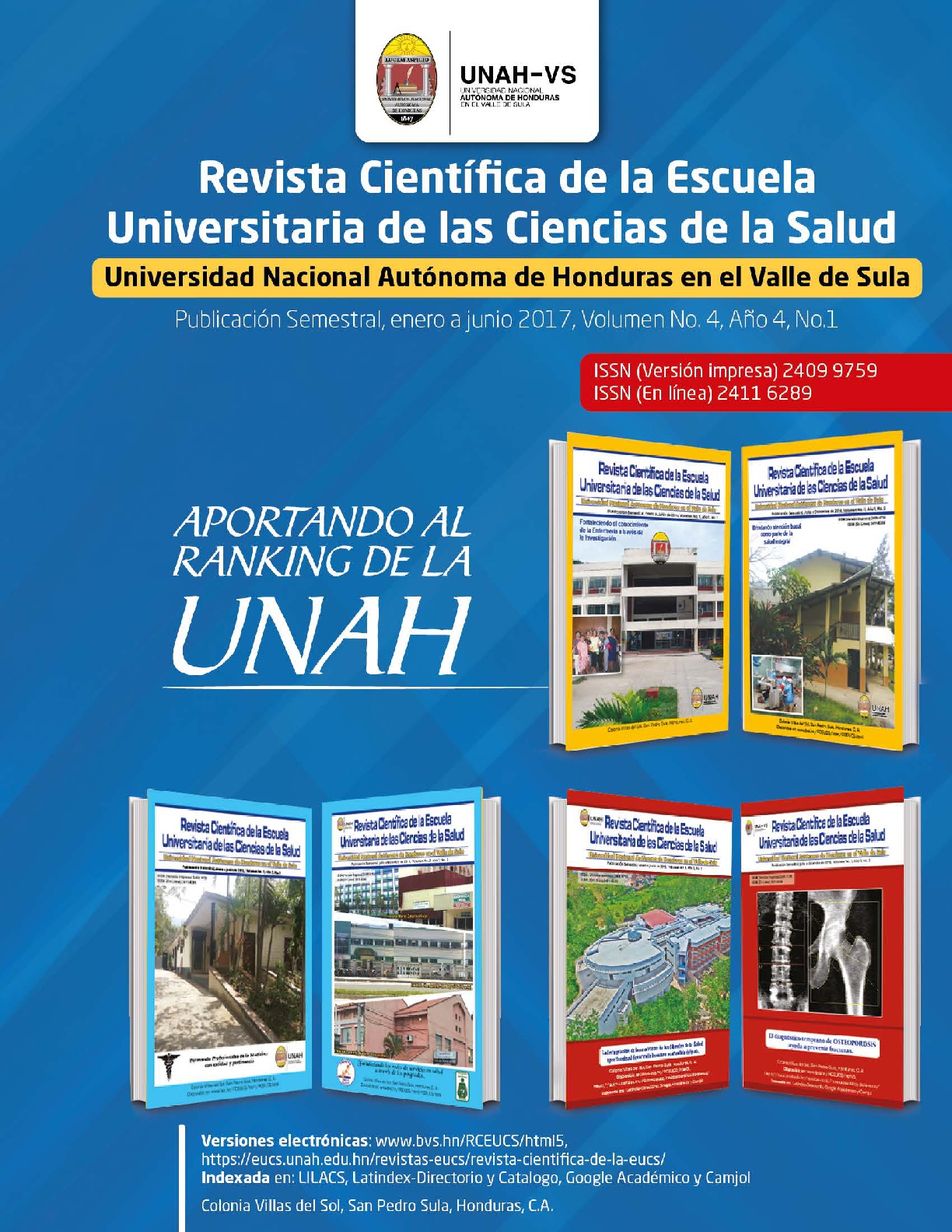Comparative in-vitro study of apical sealing of three endodontic sealers
DOI:
https://doi.org/10.5377/rceucs.v4i1.7064Abstract
One of the bases of success in endodontic treatment is to perform a good apical sealing by crea ting a three dimensional sealing of the root canal system in a hermetic form, so it is important to se lect a good sealant cement. Objective: To evaluate the difference of apical filtration of the three most used sealant cements in Endodontic treatments. Materials and Methods: Quasiexperimental study, thirty unirradicular teeth were instrumented and sealed, then divided into three groups of ten, group I: epoxy resin cement, group II: calcium hydroxide cement and group III: zinc oxide and eugenol cement. Each tooth was coronally sealed with glass ionomer and placed in physiological saline for 4 days; then sealed with three layers of nail polish and immersed in Chinese ink at 37oC for 48 hours. The diaphanization process was performed to evaluate the level of filtration of Chinese ink in the apical zone. Results: The mean apical filtration rate was: 0.1 mm using cements based on epoxy resin, 0.4 mm with cement based on calcium hydroxide and 1.5 mm with cement of zinc oxide and eugenol. The unifactorial ANOVA test indicates that there are significant differences in tooth filtration, depending on the cement used (p <0.1) Conclusion: Epoxy resin cement shows bet- ter apical sealing properties compared to zinc oxide and eugenol cements and calcium hydroxide ce- ments. With information it is verified that there is di- fference in the efficiency levels of the apical sealing.
Keywords
Tooth apex, Endodontic, Root Canal Obturation
Downloads
2279




